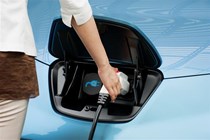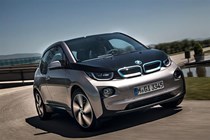You’d be forgiven for thinking hybrids and electric cars are a modern, state-of-the-art answer for tackling rising fuel costs and pollution – but that couldn’t be further from the truth.
The reality is electric vehicles (EVs) can trace their roots all the way back to the birth of the automobile and, in those early years, EVs (that first went on sale in 1839) actually outsold petrol-powered cars. Hybrids are almost as old with the first invented back in 1900 by a 23-year old Ferdinand Porsche (creator of the VW Beetle).
Over the past few years electric and hybrid cars have been pushed to the forefront and millions has been spent on the advancement of new technology. There is a big push from the Government to increase the take-up of these cars and company car drivers are expected to be on the front line when it comes to driving sales.
In this guide we attempt to unravel the mystery surrounding electric cars and hybrids, look at how the landscape lies today, our favourite hybrids and electrics on the market and why it may be a good idea to consider investing in one as your next company car.
What is a hybrid?
A hybrid combines two powerplants – usually an electric motor and a combustion engine powered by either petrol or diesel. There are two main types of hybrid car – a conventional hybrid and a plug-in hybrid – so what’s the difference?
Conventional hybrids
These are the most common hybrids available and the best known conventional hybrid on the road is the Toyota Prius. The Prius has two power sources that can drive the car separately, or work together. In city driving this means the petrol engine cuts off to allow electric-only motoring for up to 1.25-miles. At higher speeds the combustion engine will cut in and during extreme overtaking the electric motor will join in to boost power. Lifting off to coast or brake is how the batteries are charged as the kinetic energy is clawed back and transferred into electricity to charge the batteries.
The Honda Insight or Honda Jazz, meanwhile, do not have an electric-only drive, Instead the presence of the electric motor is used to purely boost power. This enables Honda to use a smaller, more fuel-efficient engine.
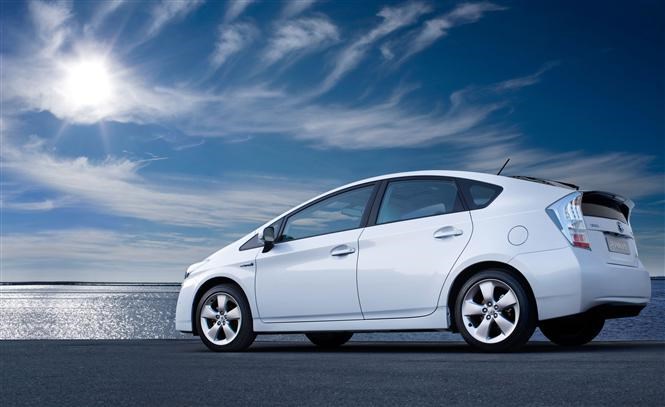
Plug-in hybrids
The latest generation of hybrids can be plugged into an electric outlet to recharge their batteries. This offers a significant boost in the electric-only driving range that allows some vehicles an electric-only range of more than 30 miles. This means for some, if they’re careful, they can commute to and from work on electric power alone.
There’s plenty of choice when it comes to plug-ins. Toyota currently offers a plug-in version of the Prius, while Volvo sells a plug-in V60 that uses a diesel engine for extra efficiency. As well as plug-in versions of conventional hybrids, some car makers are going one step further by offering plug-in hybrids, like the Vauxhall Ampera, where the engine acts as just a generator and enables the car to travel over longer distances on electric power alone.
The return of electric cars
Electric cars are making a return to the UK as fuel prices increase and the number of charging stations continue to rise all over the country. Running on pure electric energy alone, even an electric car’s range is less of a problem than it used to be with many of the new electric cars having a range of 90-300 miles making them more relevant for more motorists.
What are the benefits?
The first benefit is for those that pay for their own personal mileage. The fact that you can run off electric power alone on both EV and hybrid cars means you can avoid visiting the petrol station. At the moment charging at home, at a services or at work is going to be far cheaper than filling a tank with petrol or diesel so there is money to be saved there – especially if you have a mid-size commute or travel a lot around the town or city at the weekend and pay for your own fuel.
What will benefit all company car drivers is the significant reduction in BIK tax payable. In fact in the current tax year you won’t pay a thing for EVs and hybrids with CO2 emissions below 75g/km will enjoy a five percent BIK tax band.
Things are going to change though. Next year EVs and cars that emit up to 50g/km will be subject to a five percent BIK tax band and cars that emit less than 75g/km will be charged at nine percent BIK.
Even when you take into consideration the higher list price for most of these cars, there is still a significant amount to be saved over diesel or petrol alternatives.
The real savings are if you live or travel though London where electric cars are congestion charge exempt with some hybrids also squeezing under the 75g/km threshold.
Potential drawbacks
Some EVs can take up to ten hours on a domestic plug socket to charge fully. Best of the new breed are the newer plug-in hybrids that can offer emissions well below 75g/km making them road tax and congestion charge exempt, while those running one for business pay just 5 per cent benefit-in-kind tax.
Biggest problem with both hybrids and electric vehicles is balancing the high cost of purchase with the ultra-low running costs. In most cases a diesel makes far more financial sense even when taking into account the Government’s £5,000 plug-in and EV incentive for ultra-low vehicles.
The best electric cars

Parkers rating – 5 stars
For – Cool design, great to drive,
Against – High price and average 80-100 mile range detract from electric BMW supermini
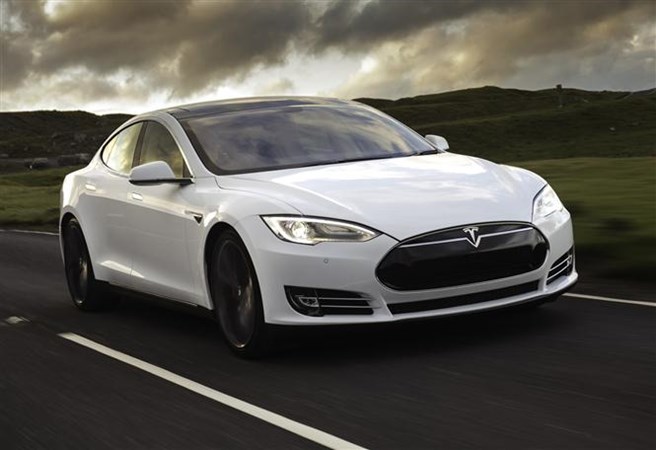
Parkers rating – 5 stars
For – Comes with petrol-like range of 260 miles, spacious and comfortable, fast
Against – Expensive, slow to charge using a domestic three-pin socket
.jpg)
Parkers rating – 5 stars
For – Quiet, smooth, 124-mile range, one of the more affordable EVs
Against – Leaf’s batteries are leased to you for £70 per month
The best hybrids money can buy

Parkers rating – 5 stars
For – Same as above but without the range anxiety, i3 can cover 180 miles
Against – Range extending generator adds tiny 650cc petrol engine and £3,000 to the price
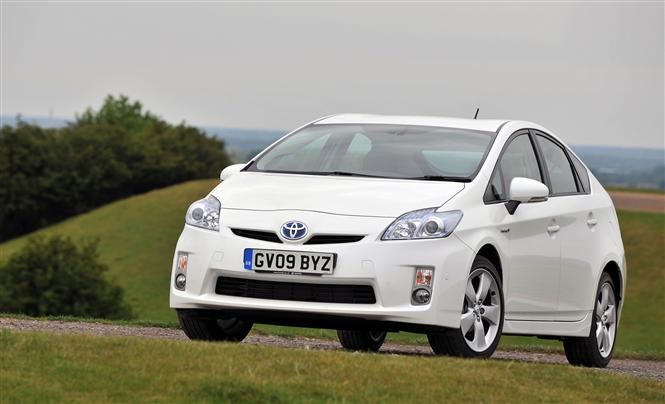
Parkers rating – 4 stars
For – Can average 134.5mpg, can travel 15 miles on pure electric power, free road tax
Against – Huge price hike over regular Prius, others are better to drive
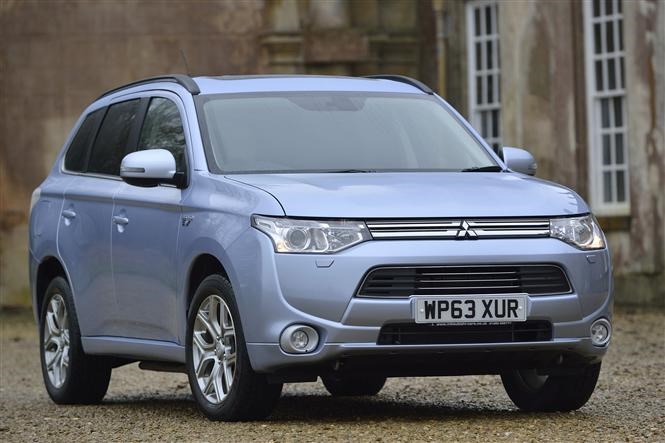
Parkers rating – 4.5 stars
For – Only 4×4 that qualifies for zero road tax, averages 148mpg, covers up to 32 miles on battery power alone
Against – Others are better to drive, pricey compared to more premium diesel rivals




